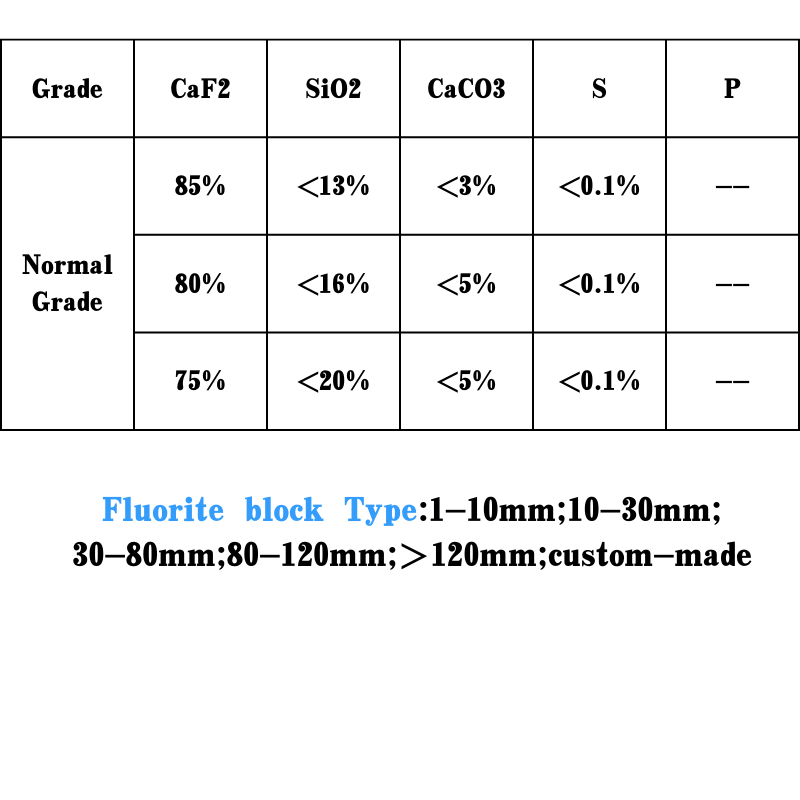
pelletized activated carbon manufacturer
Pelletized Activated Carbon A Key to Effective Filtration
In the realm of industrial filtration, pelletized activated carbon stands out as a highly effective solution for a variety of applications. Manufactured from raw materials such as wood, coconut shells, or coal, activated carbon undergoes a rigorous process of activation that enhances its surface area and adsorption capacity. This unique characteristic allows pelletized activated carbon to efficiently capture and remove contaminants from air, water, and other fluids, making it indispensable in numerous industries.
What is Pelletized Activated Carbon?
Pelletized activated carbon is created by extruding activated carbon granules into uniform cylindrical pellets. This shape not only facilitates easier handling and transport but also enhances the flow characteristics when the carbon is employed in filtration systems. The increase in surface area per unit volume ensures that the adsorption process is maximized, making it a preferred choice for many manufacturers.
Benefits of Using Pelletized Activated Carbon
1. High Adsorption Capacity One of the main advantages of pelletized activated carbon is its high adsorption capacity. The pores within the carbon structure attract and hold onto a wide range of impurities, including volatile organic compounds (VOCs), heavy metals, and other hazardous chemicals. This property makes it particularly valuable in water treatment facilities where contaminants need to be efficiently removed.
2. Durability and Longevity Unlike powdered activated carbon, which can become less effective due to dust formation, pelletized forms maintain their integrity over time. The robust structure of the pellets helps prevent the fragmentation that can occur during processing and handling, leading to prolonged service life in filtration systems.
3. Ease of Use Pelletized activated carbon is designed for convenience. The standardized pellet size and shape facilitate easy loading and unloading into filtration systems, saving time and labor costs for operators.
pelletized activated carbon manufacturer

4. Regeneration Potential Many manufacturers of pelletized activated carbon offer regeneration services. This process allows used carbon to be reactivated, restoring its adsorption capacity and reducing overall operational costs. Companies are increasingly opting for this sustainable approach to waste management, benefiting both their budgets and the environment.
Applications Across Industries
Pelletized activated carbon finds a wide range of applications across different sectors. In the water treatment industry, it is commonly used to remove chlorine, taste, and odor from drinking water. In air purification systems, it effectively eliminates harmful gases and pollutants, improving indoor air quality. Other industrial applications include its use in food processing to decolorize products and in the pharmaceutical industry for filtering solvents and chemicals.
Choosing a Reliable Manufacturer
When selecting a supplier for pelletized activated carbon, it is essential to consider several factors. The quality of raw materials, the manufacturing process, and adherence to regulatory standards are critical in ensuring that the activated carbon meets specific performance criteria. Additionally, reputable manufacturers provide extensive product information, including detailed specifications and safety data sheets, to help customers make informed decisions.
Conclusion
In summary, pelletized activated carbon is an essential material in the field of filtration, offering unparalleled advantages in adsorption efficiency, durability, and ease of use. As industries continue to prioritize sustainability and safety, the demand for high-quality pelletized activated carbon from trusted manufacturers will undoubtedly grow. By understanding the importance of this material and choosing the right supplier, companies can significantly enhance their filtration processes and contribute to a cleaner environment.
Share
-
Premium Pigment Supplier Custom Solutions & Bulk OrdersNewsMay.30,2025
-
Top China Slag Fly Ash Manufacturer OEM Factory SolutionsNewsMay.30,2025
-
Natural Lava Rock & Pumice for Landscaping Durable Volcanic SolutionsNewsMay.30,2025
-
Custom Micro Silica Fume Powder Manufacturers High-Purity SolutionsNewsMay.29,2025
-
Custom Mica Powder Pigment Manufacturers Vibrant Colors & Bulk OrdersNewsMay.29,2025
-
Custom Micro Silica Fume Powder Manufacturers Premium QualityNewsMay.29,2025






